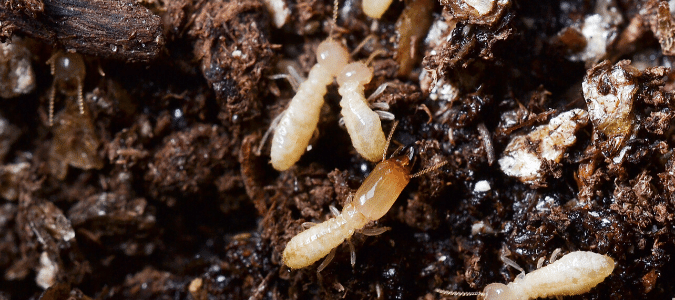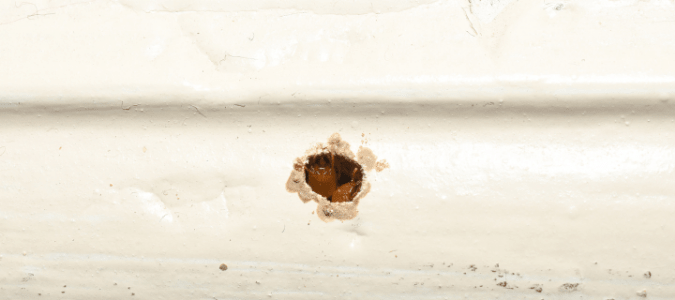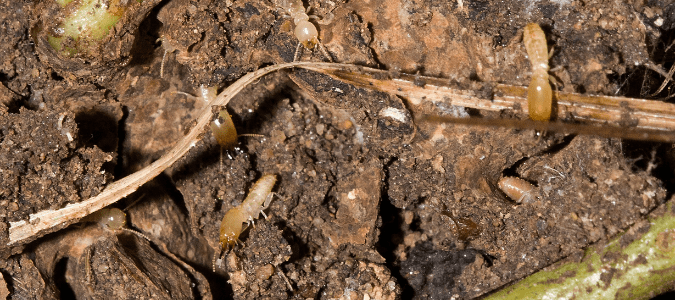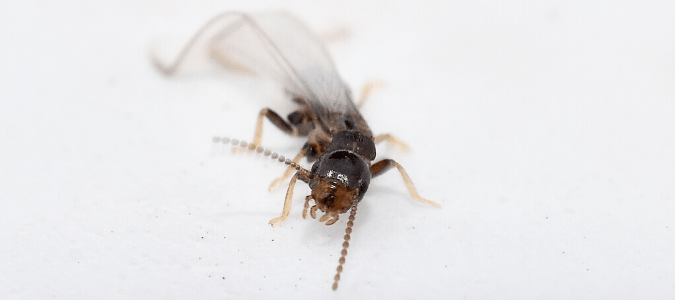How To Identify Formosan Termite Swarmers
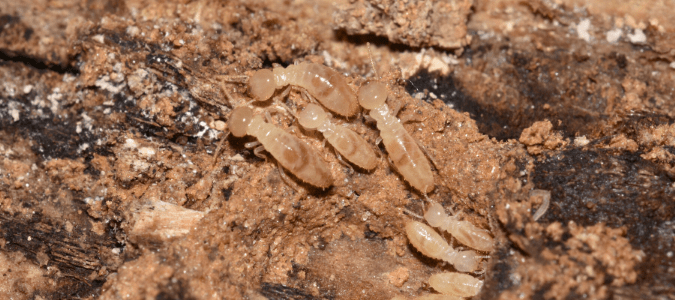
Subterranean termites may be responsible for the most damage to U.S. homes each year, but Formosan termites come in at a close second. In fact, Formosan termites are sometimes called “super termites” because they destroy wood faster than their subterranean cousins. If you spot Formosan termite swarmers in or near your home, it’s a sign of an infestation. That means it’s time to take action before they destroy your property any further.
One thing to understand about Formosan termites is that they are actually a type of subterranean termite. Subterranean means underground, and that’s where these termites build their colonies. Just like the termites we more commonly call subterranean, Formosans also build mud tubes along foundations, walls or support beams. They use these tubes to connect their colonies to their food source—wood.
The problem that all types of termites pose in our homes is that they chew through wood for its cellulose. … Read Full Post »
